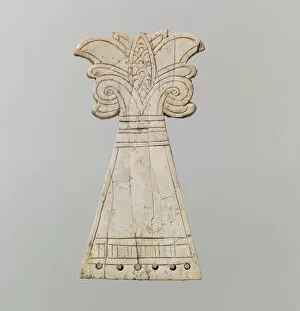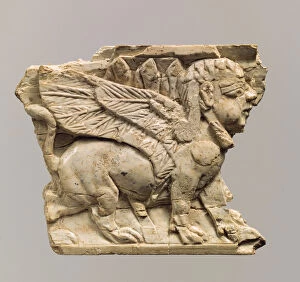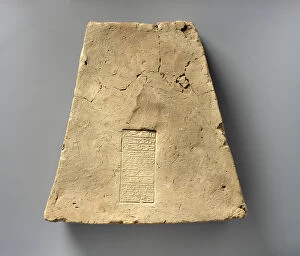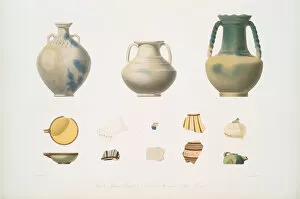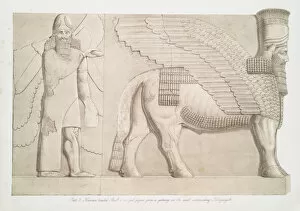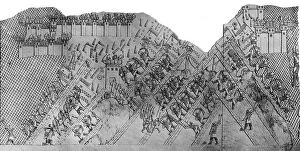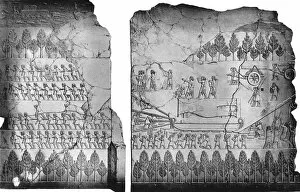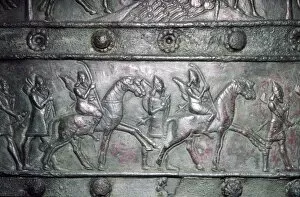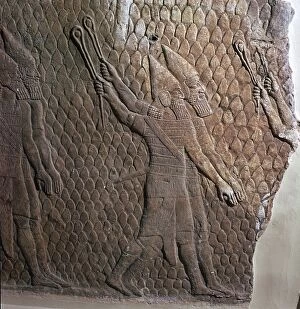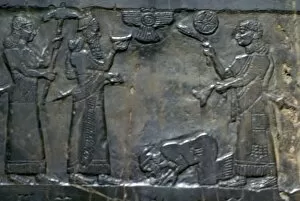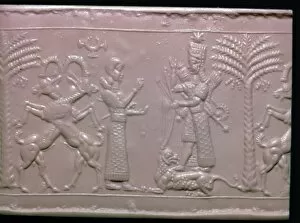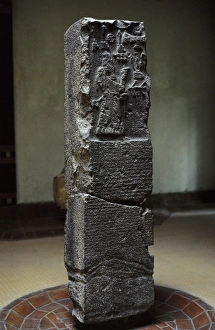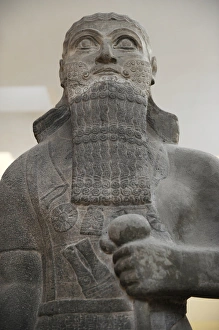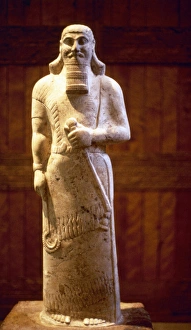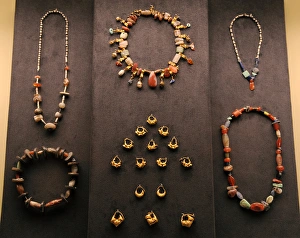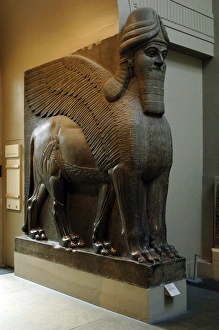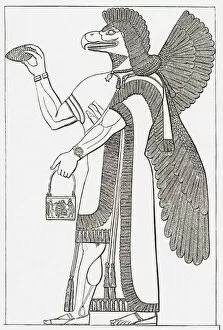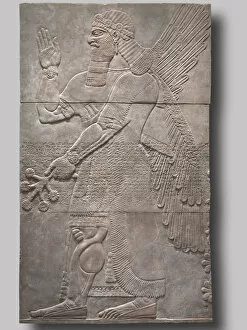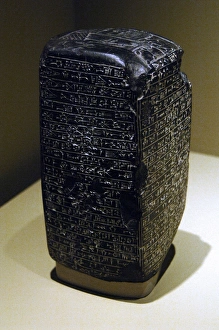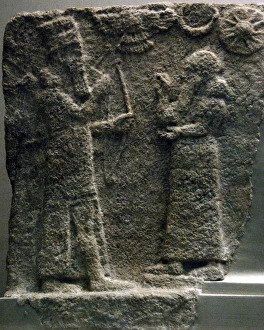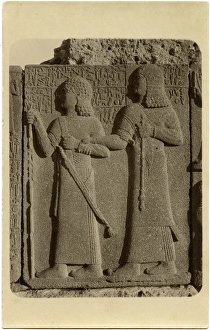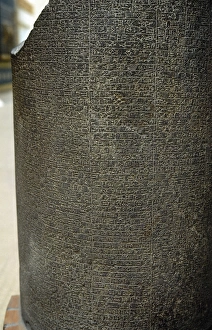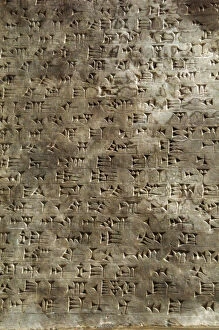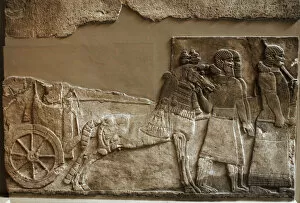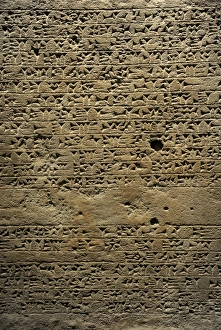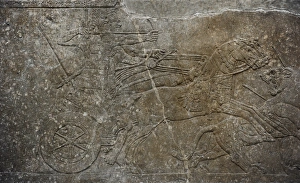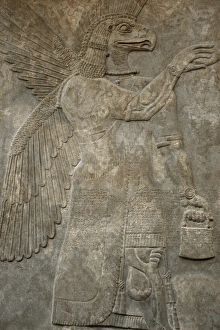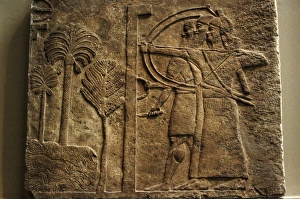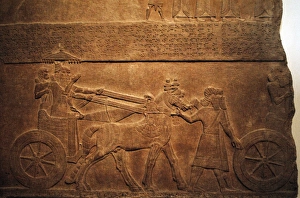Neo Assyrian Collection (page 2)
The Neo-Assyrian Empire, which thrived from the 9th to the 8th century B. C. , left behind a rich legacy of art and architecture
All Professionally Made to Order for Quick Shipping
The Neo-Assyrian Empire, which thrived from the 9th to the 8th century B. C. , left behind a rich legacy of art and architecture. One remarkable artifact is an openwork plaque featuring a majestic striding sphinx, crafted from ivory. This exquisite piece showcases the intricate craftsmanship that was prevalent during this era. A breathtaking view of the mounds of Kouyunjik and Nebbi Yunus takes us back in time to witness the grandeur of ancient Assyria. These towering structures were once part of mighty cities that stood as symbols of power and dominance. Amongst these ruins lies Carchemish, an ancient city whose remnants offer glimpses into its glorious past. The sight of its crumbling walls evokes a sense of awe at the architectural prowess displayed by our ancestors. An obelisk dedicated to King Adad-Nirari III stands tall, adorned with inscriptions detailing his reign over Assyria. This monument serves as a testament to the might and authority wielded by these kings during their rule. The statue depicting Ashurnasirpal II, an influential ruler in Neo-Assyrian history, captures his regal presence with striking realism. It stands as a reminder of his significant contributions towards expanding and strengthening the empire. Mesopotamian art flourished under Neo-Assyrian patronage, evident in funerary objects like necklaces discovered from ancient tombs. These delicate pieces reflect both beauty and reverence for life beyond death's embrace. A mesmerizing statue portraying a winged lion with a human head found in Nimrud exemplifies mythical creatures often depicted in Mesopotamian art. Its imposing figure symbolizes strength and protection—a guardian against evil forces. Relief panels showcasing scenes from daily life provide valuable insights into Neo-Assyrian society. From hunting expeditions to religious ceremonies, these intricately carved depictions bring alive moments frozen in time.

